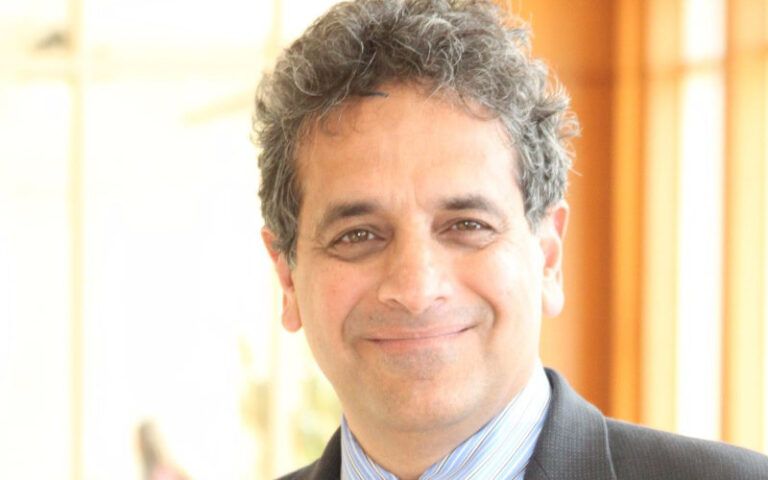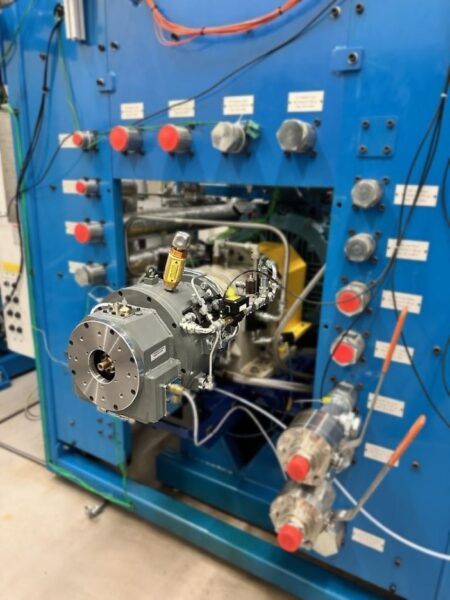When parts from aging aircraft begin to fail, they often require an assessment of repair versus replacement using reverse engineering. Our research is focusing on the sustainment of aging airplanes and creates a networked infrastructure to extend the useful life of asset resources without losing critical structure, function, and relationships.
Part replacement through reverse engineering (RE) is often pursued in aging aircraft where there is little technical data for the part, when the OEM for the part no longer exists or does not support the part, or when proposal bids are not competitive in cost and / or lead times.
RE involves scanning and data collection of parts – from small components to larger assemblies – to create a CAD model or drawing that sets the specification for the downstream activities of manufacturing and inspection. Data collection and reconstruction uses coordinate measuring machines, laser scanners or CT (computed tomography) machines. After this data collection and reconstruction stage, duplicate parts can be manufactured.
There are many challenges and inefficiencies to the current replacement using RE model. The process takes a long time, even for non-critical, simple parts. Knowledge about aircraft and parts can be lost when people retire or companies go out of business. The number of parts required may be small and demand can fluctuate unpredictably, making the stockpiling of components impractical.
While there is a growing body of research into reconfiguring manufacturing towards environmental sustainability, there is a significant lack of research into how organizations can maintain supply chains to be long lasting and resilient, while being collaborative and adaptive to the changing needs of the customer. There is a striking contrast between the data-driven, short lead time, Modernization, Maintenance, Repair and Overhaul (MMRO) programs designed and implemented in today’s large-scale aerospace systems, and replacement through RE.
The aerospace industry requires faster, cheaper, and better RE solutions for replacement parts. Establishing a network of fixed sub-contractors, would ensure the timely and economic delivery of parts to avoid line stoppage, and / or replenish backup stock.
Thus, our research will analyze and document both the upstream part data acquisition and downstream manufacturing and metrology capabilities of RE. We will look at equipment constraints, which hinder widespread engagement in this area.
In addition, regulatory agencies are implementing item-unique identification systems to track information on parts to improve asset visibility and enable predictive maintenance. These systems will require large data storage, data mining and predictive technologies and algorithms for optimizing maintenance parameters. We are researching the design and optimization of these new supply chains and the financial impact of sustaining large-scale supply chain networks for product maintenance in aging airplanes. Re-engineering and design modifications, CAD modeling and transfer of information to the manufacturing domain, and rapid manufacturing are also all topics for study and analysis.
US$250,000 funding for the five-year project “Reverse Engineering and Point Cloud Generation” was granted by the Knudsen Institute in the USA. The project, a part of a larger consortium will complete in September 2025.





